

Jalaini Abu Hassan
Year of birth: 1963
Origin: Selangor, Malaysia
About the artist
Jalaini Abu Hassan, popularly known as Jai, inherited an artistic streak from his maternal grandfather who practised traditional woodcarving.
The army man’s son also cultivated his visual interest through comics and illustrated books. Images of every kind proved appealing, as he waited anxiously for his parents to return with weekly groceries so that he could study the packaging design and details. The childhood days in Taiping, Perak, have left an imprint on his work, seen in appropriation of rustic themes.
Definitive works from the Noughties, such as Red Verandah, ATENG, and Kenduri (all 2001) offer viewers a nostalgic glimpse of the artist’s youth with their local elements. The theme is repeated years later with references such as the hand-operated ice-shaver in Ais Kacang [2006] or the vintage cars in other works, suggesting a yearning for the idyllic small town life. Jai’s formal art education began at UiTM, assigned to printmaking (which eventually) became his major despite his forte in drawing.
The latter skill, especially, has been clearly expressed in the Mantera series (shown in 2004), where compressed charcoal and bitumen are elegantly manipulated on paper to create great contrasts and sepia-tones. These works are grouped under the header of supernatural beliefs that make up the Malay cultural world. Jai’s years after ITM proved to be tough and he personified the image of the struggling artist in both persona and reality.
He stayed with the Anak Alam community (a colony that emerged during the 1960s) and works produced during this period were hasty, comic-like and lowbrow. His exit ticket came in the form of a Public Services Department (JPA) scholarship in the mid-1980s.
He pursued a postgraduate degree at the prestigious Slade School of Art in London, where – following their more traditional mode of teaching – he trained vigorously in mastering figurative skills.
The school was also the alma mater of one of Malaysia’s most distinguished artists, Datuk Syed Ahmad Jamal – featured in Jai’s The Painter (2006). Interestingly, Jai’s newly gained credentials did little for the artist on the local art scene, monopolized at that time by more traditional movements such as the Malaysian Watercolour Society. He made their skills his benchmark, producing several watercolours such as the simple Untitled (Two Pails) (1983), and the Artist Colony works a decade later. Further studies beckoned in the 1990s, which saw the artist further his studies at the Pratt Institute in New York.
The period marked his turn towards the German tradition, studying the performances and installations of Joseph Beuys and the paintings of artists like Anselm Kiefer and Gerhard Richter. Jai, to some degree, offers Malaysian viewers a glimpse of Beuys’ influences; masculine identity is pronounced with many of his portraits being male figures. The artist is seen in side profile as Tok Bomoh [2004], there are highly realistic depictions of Malay warriors in Laksamana I (2004) and II (2005) and the artist’s love for big bikes, as documented in Working Drawing Still Bike [2005], is well-known within art circles.
Jai’s vast body of works in this collection presents a good opportunity for viewers to take in a chronological overview, as well as note developments in style and form. His oeuvre consists of a great use of symbols and a powerful showing of figurative works. And, one of Jai’s most enduring hallmarks has been his use of bitumen, a material that he has influenced many fellow artists to incorporate into their materials.
Education
1987Masters Of Arts
University College United Kingdom
1985Bachelor Of Fine Art
Mara Institute Of Technology Malaysia
Artworks

Still Life (1983)
Jalaini Abu Hassan

Untitled I (1996)
Jalaini Abu Hassan

Untitled II (1996)
Jalaini Abu Hassan

Small Shells Working Drawing (1997)
Jalaini Abu Hassan

Red Shells (1997)
Jalaini Abu Hassan

Tulips (1997)
Jalaini Abu Hassan

Eighty Eight Versions Of Eight (1997)
Jalaini Abu Hassan

Artist Colony KL - Sketch 1 (1997)
Jalaini Abu Hassan

Artist Colony KL - Sketch 2 (1997)
Jalaini Abu Hassan

Jantung Pisang (1997)
Jalaini Abu Hassan

Untitled (1997)
Jalaini Abu Hassan

101 (1997)
Jalaini Abu Hassan

Biomorphic (1998)
Jalaini Abu Hassan

Two Boxes And Oil Lamp (1998)
Jalaini Abu Hassan

The Hermit (1998)
Jalaini Abu Hassan

Little Box (Tempua Tanah) (1998)
Jalaini Abu Hassan

Mangkok Merah (1999)
Jalaini Abu Hassan

Jabit’s Chair (2000)
Jalaini Abu Hassan

Constructing Stills On Red (2000)
Jalaini Abu Hassan
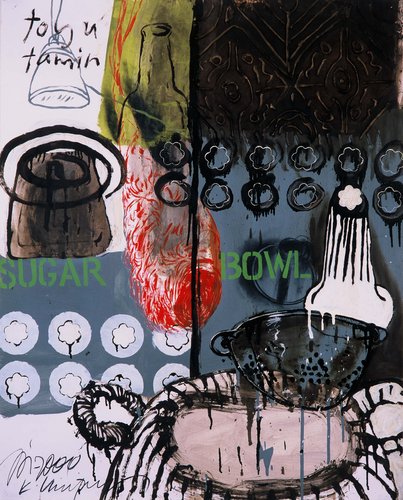
Sugar Bowl (2000)
Jalaini Abu Hassan

Mangkok Cina Merah (2000)
Jalaini Abu Hassan

Mangkok Pelik (2000)
Jalaini Abu Hassan

Kapor & Kunyit (2001)
Jalaini Abu Hassan

Red Verandah (2001)
Jalaini Abu Hassan

Ateng (2001)
Jalaini Abu Hassan

Kenduri (2001)
Jalaini Abu Hassan

Jalak (2002)
Jalaini Abu Hassan

Red Omnibus (2002)
Jalaini Abu Hassan

Clay Doll (2002)
Jalaini Abu Hassan

Si Jalak (2002)
Jalaini Abu Hassan

Seventh Princess (2003)
Jalaini Abu Hassan

Astro Scout (2002)
Jalaini Abu Hassan

Peace Keeper (2003)
Jalaini Abu Hassan

Fire Flies (2003)
Jalaini Abu Hassan

Pucuk Paku (2003)
Jalaini Abu Hassan

NON - BIO (2003)
Jalaini Abu Hassan
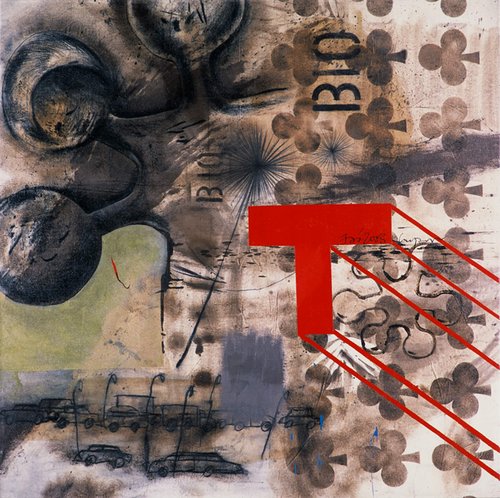
BIO (2003)
Jalaini Abu Hassan

KPG PK (2005)
Jalaini Abu Hassan

Mangkok (2006)
Jalaini Abu Hassan

Di Kota Larangan (2007)
Jalaini Abu Hassan

Maharaja (2007)
Jalaini Abu Hassan
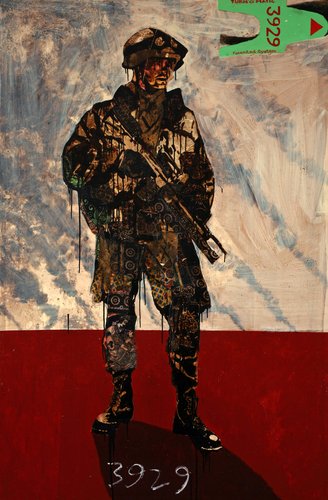
3929 (2008)
Jalaini Abu Hassan

Bernih Kuih Merata Sehayat (1995)
Jalaini Abu Hassan

Dancer (1997)
Jalaini Abu Hassan

Ais Kacang (2006)
Jalaini Abu Hassan

Study I (1993)
Jalaini Abu Hassan

Study II (1993)
Jalaini Abu Hassan

Study III (1996)
Jalaini Abu Hassan

Working Drawing VIII (1996)
Jalaini Abu Hassan

Tribute To Latiff Mohidin (2005)
Jalaini Abu Hassan

The Keris Maker (2005)
Jalaini Abu Hassan

Laksamana II (2005)
Jalaini Abu Hassan

Tok Bomoh (2004)
Jalaini Abu Hassan

Topeng (2004)
Jalaini Abu Hassan

Kumbang (2004)
Jalaini Abu Hassan
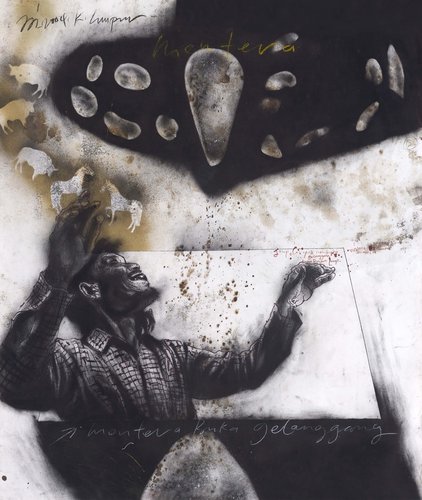
Mentera (2004)
Jalaini Abu Hassan

Malay Girl (1997)
Jalaini Abu Hassan

Untitled (1996)
Jalaini Abu Hassan

Hulu Balang Kuala Sepetang (2005)
Jalaini Abu Hassan
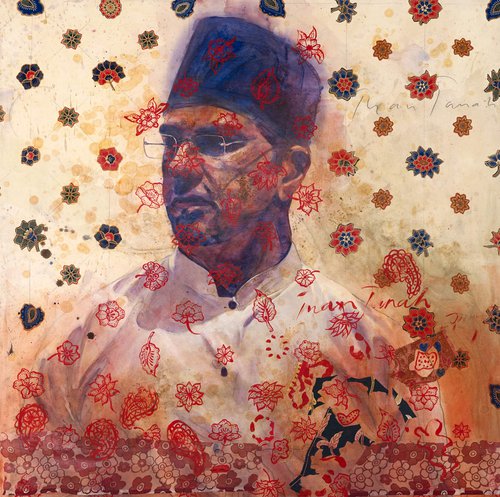
Tuan Tanah (2005)
Jalaini Abu Hassan

Mardonna (2005)
Jalaini Abu Hassan

The Painter Syed Ahmad Jamal (2006)
Jalaini Abu Hassan

& Ant (2003)
Jalaini Abu Hassan

TAS (2003)
Jalaini Abu Hassan

Batu Kurau New Jersey (2003)
Jalaini Abu Hassan

Shell series (1995)
Jalaini Abu Hassan

Rokok Daun (2005)
Jalaini Abu Hassan

Dipersilakan (2004)
Jalaini Abu Hassan

Batu Serai Wangi (2004)
Jalaini Abu Hassan

Laksamana I (2004)
Jalaini Abu Hassan